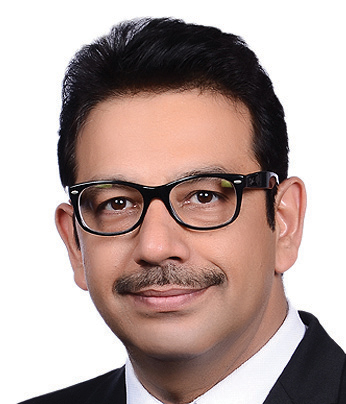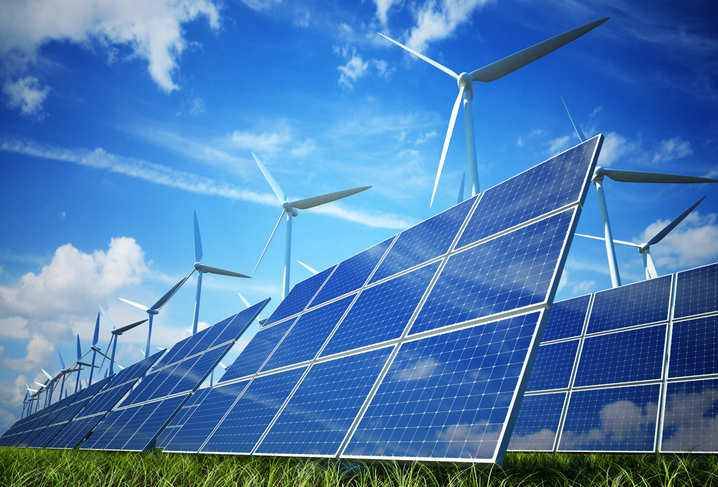February 15
Indias solar power sector turns a corner, thanks to Rewa record tariff bid
New Delhi: India’s solar power sector has turned a corner after the record low-winning bids of Rs2.97 per kilowatt-hour (kWh) to build 750 mega watt (MW) plant at Rewa in Madhya Pradesh (MP) on Friday.
With effective levelized tariff—the value financially equivalent to different annual tariffs over the 25 year period of the power purchase agreement—of around Rs3.30 per unit, the power from sun has become a competitive energy source vis-à-vis the coal-fuelled conventional source of electricity.
The conversation has also moved from subsidy or the viability gap funding (VGF) being used to help bring the tariffs down as was demonstrated by the MP bids, as pointed out by Manu Shrivastava, managing director, Madhya Pradesh Urja Vikas Nigam Ltd (MPUVNL) in an interview.
The bids were called by Rewa Ultra Mega Power Ltd, a joint venture of Solar Energy Corp. of India Ltd (SECI) and MPUVNL.
The issue also assumes importance given India’s commitments within the United Nations Framework Convention on Climate Change and the country receiving solar radiation of 5 to 7 kWh per sq. m for 300-330 days in a year.
A quick tariff comparison with conventional fuel sources such as coal drives home the point about solar energy no longer being a green fad but a game changer in India’s energy mix. A case in point being state-run NTPC Ltd; India’s largest power generation utility, which supplies electricity from coal fuelled power projects at Rs3.20 a unit. Also, according to Bridge to India, a solar energy consulting firm, successful bids for new thermal power plants in India in the past two years have been between Rs3.93 and Rs 4.98 per kWh.
“No one expected a tariff of Rs2.97 per unit for the Rewa project…As compared to US¢ 4.4/kWh, the tariffs bid in West Asia have been as low as US¢ 3/kWh. This is primarily due to low cost of financing there,” added Sanjeev Aggarwal, managing director and chief executive of Amplus Energy Solutions Pvt. Ltd, which has offered to sell rooftop solar power at a record-low tariff of Rs3 per unit.
To be sure, Amplus Solar’s tariff has a 70% subsidy component.
It couldn’t be a worse time for the coal-fuelled power plants in the country as India’s current installed capacity of 3,10,005 MW and the projects under construction are expected to meet the country’s electricity demand till 2026. This effectively means that there will be no requirement for coal fuelled power plants in the country till then.
“The (TERI) report estimates that no new investments are likely to be made in coal-based power generation in the years prior to that,” said TERI, a New Delhi-based think tank working on environment issues in a statement on Monday.
In India, which is the biggest greenhouse gas emitter after the US and China, renewable energy currently accounts for 15%, or 45,917 MW, of the total installed capacity of 3,10,005 MW. Of this, solar capacity was 9,012.69 MW as of 31 December 2016 with coal fuelled power projects accounting for around 61% of the country’s installed capacity.
“The TERI report also estimates that beyond 2023-24, new power generation capacity could be all renewables, based on cost competitiveness of renewables as well as the ability of the grid to absorb large amounts of renewable energy together with battery-based balancing power,” the TERI statement added.
India’s demand for renewable energy is expected to grow seven times by 2035, according to the latest edition of BP Energy Outlook. This means the share of renewable energy in the country’s fuel mix will increase from 2% to 8% by 2035.
The trigger for acceptability of solar power has been its falling tariffs due to the lower cost of raising finances, and the solar module prices taking a nose dive. Solar tariffs declined from Rs10.95-12.76 per kwh during the 2011 financial year to Rs4.34 per kwh last year.
“Most of this fall can be attributed to lower equipment cost (solar module prices have fallen by 26% in the last year) and an improved contractual structure,” Bridge to India said in a 13 February statement.
Some believe that the solar power tariffs may fall further.
MPUVNL’s Shrivastava suggested the possibility of tariffs falling further as the state government makes improvement to its future tender conditions. This in turn could trigger similar steps by the other states.
While overseas investors such as State General Reserve Fund of Oman, UK Green Investment Bank Plc, Investment Corp. of Dubai, Norway’s Statoil ASA, France’s Total SA and Royal Dutch Shell Plc. have been showing interest in the Indian renewable energy market, concerns over grid stability remain with solar being an intermittent electricity supply source.
The danger is real and present given India’s worst blackout in 2012 which left nearly 620 million people without electricity. On 31 July, the northern grid collapsed, and on 1 August, in a wider blackout, the northern, eastern and north-eastern grids broke down.
Experts believe the technological breakthrough that Indian solar energy sector awaits is commercially viable energy storage solutions which will also help towards grid stability






